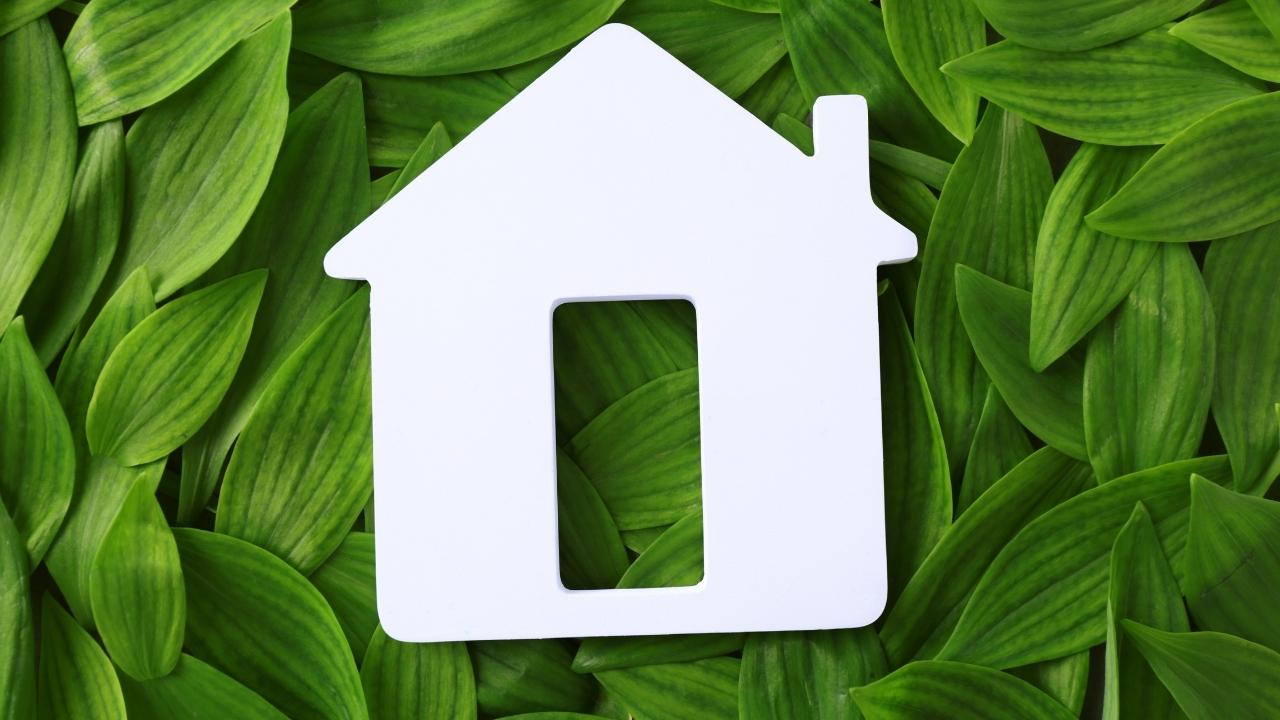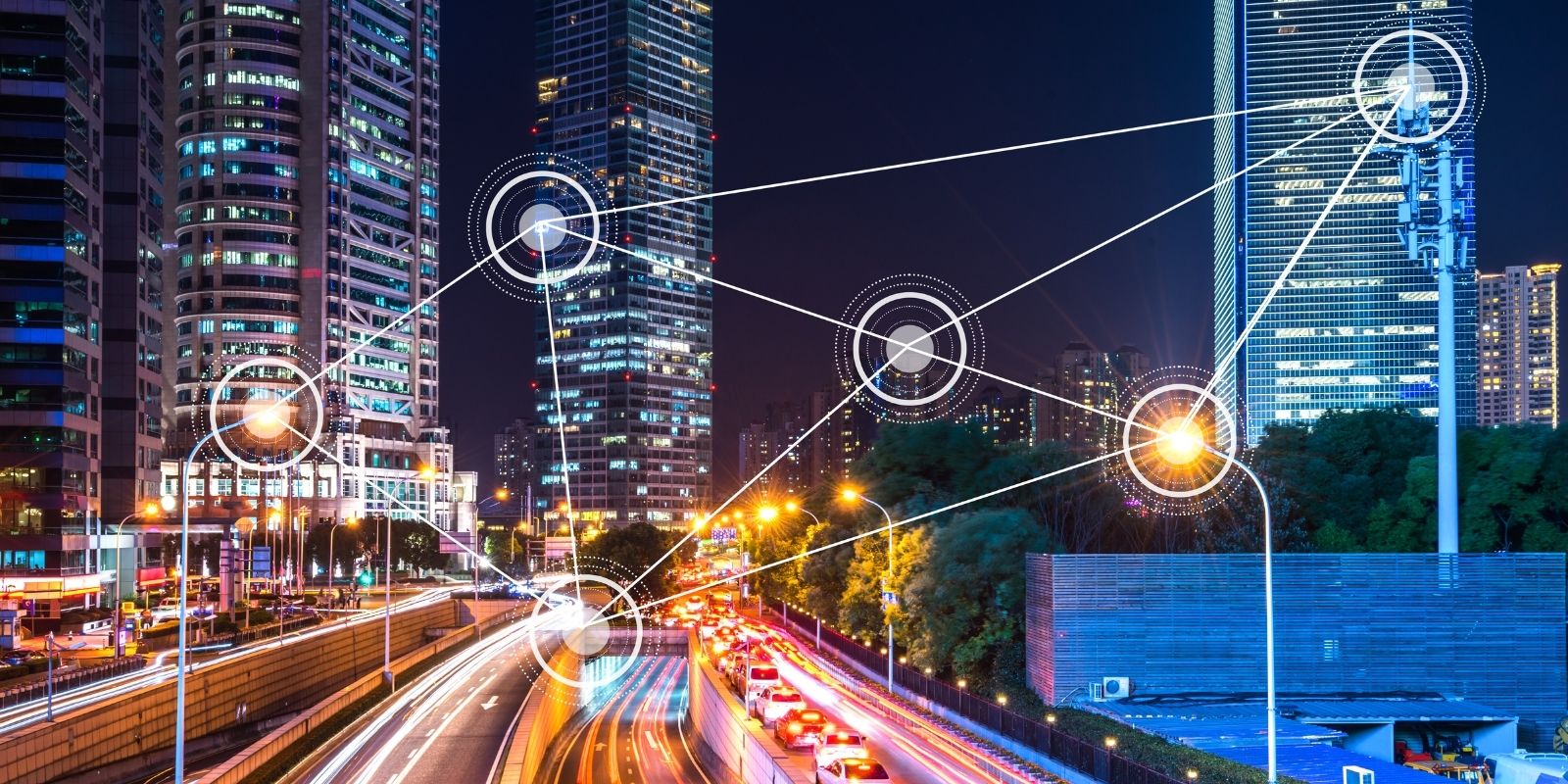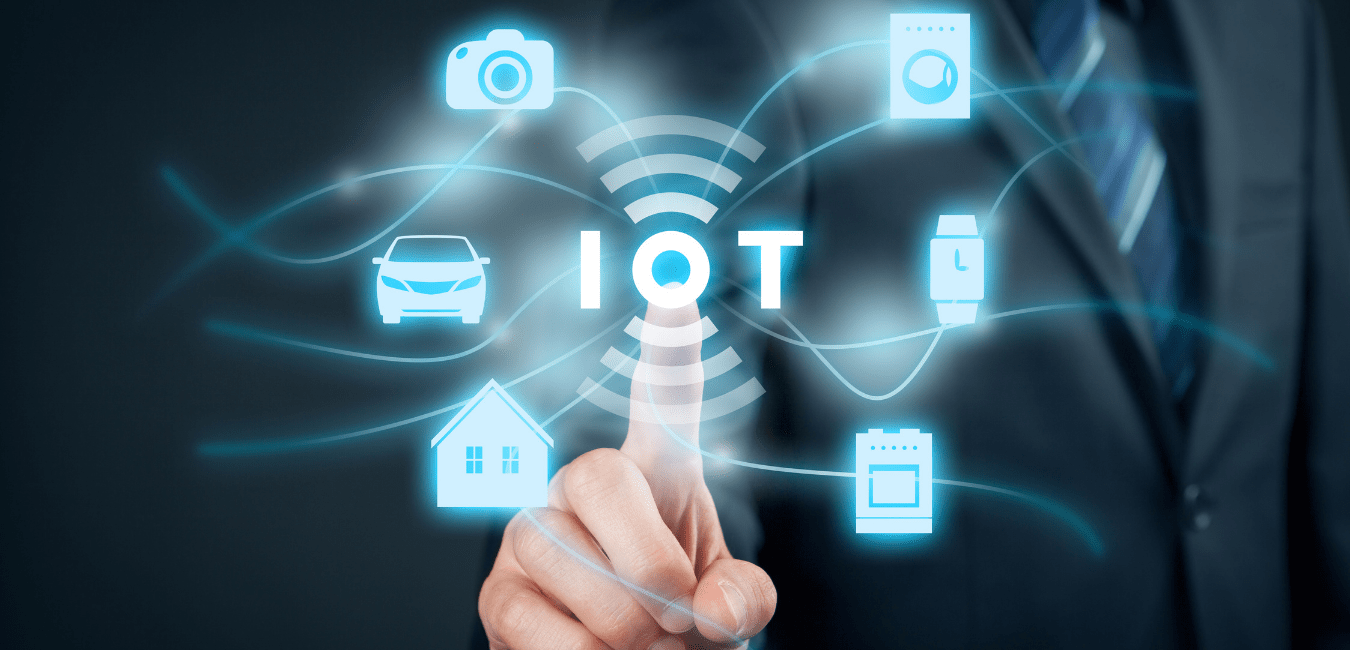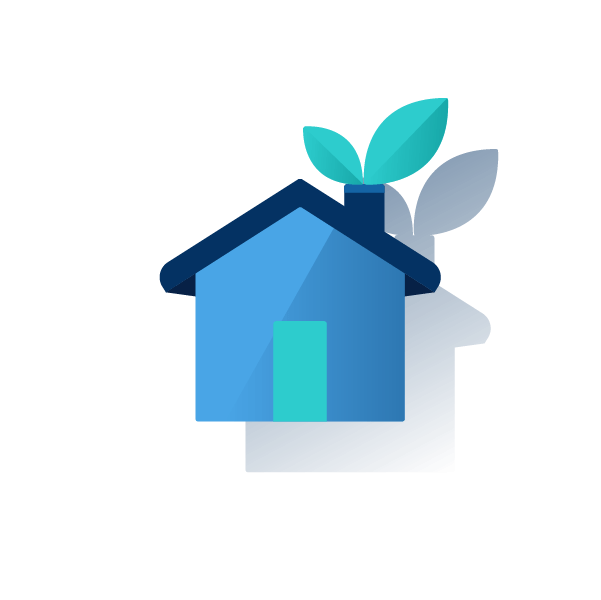Green building: the infrastructure of the future

Sustainable construction is a sector that will be on the rise in the coming years and represents an excellent option for those looking to invest in green and/or ethical options that benefit the environment.
The buildings in which we live account for about 40% of the world’s energy consumption, in addition to generating between 25% and 40% of global carbon dioxide (Co2) emissions and being one of the largest producers of waste.
An alternative to these problems is green or sustainable construction, as it is also called, which refers to environmentally friendly construction systems and consists of using resources effectively and efficiently during the entire process and lifetime of a building.
It should be noted that a construction of this type is not only classified as such because of the materials used, but also because of a series of features that make it durable, efficient and economical in all aspects.

Investing in smart cities, a tool to live better in the future and obtain profitability now
The objective of silvicultural practices is to ensure the sustainability of goods and services, increasing the resilience and resistance of forests, that is, their capacity to recover and adapt to climate change.
Use of natural resources and energy savings
Taking advantage of the natural conditions provided by the environment leads to energy savings. In this sense, green buildings are intended to have very low energy consumption, which implies making the most of natural light, an issue that is foreseen from the design so that the building is erected with the best possible orientation, the same happens in the case of ventilation.
Likewise, energy saving implies having insulation at least in walls and windows, in order to maintain a standard temperature, an effect for which the correct choice of materials is also essential, which will help the ideal air conditioning of the building.
Another highlight is the installation of photovoltaic panels for the transformation of sunlight into energy. Through this, buildings can meet their energy needs and obtain both economic and energy savings.
As for nature, it is important to create a rapprochement with it, because in addition to generating comfort, the water filtered through the green roofs and terraces is used both for watering the plants and for the building’s own consumption.
Smart buildings
Smart buildings seek, through new technologies, to meet their own needs in terms of air conditioning, electricity, lighting, ventilation, security, access and telecommunications, through the installation of systems that allow comprehensive and automated management.
The concept of intelligent building includes all types of constructions that pursue efficiency, both in rehabilitation processes and in new buildings. Among its main characteristics are; savings in energy consumption, integration of control systems, adaptability to continuous technological changes, innovative security systems, and ample comfort for its inhabitants.
Circular architecture and interaction with nature
The circular economy is based on recovery, reuse and recycling, so circular architecture seeks to apply these criteria in its field, which can be very beneficial. Performing a complete analysis, which takes into account from the beginning the materials to be used in construction, as well as the waste after demolition, (either by natural or induced causes), minimizes the environmental impact of the building.
Circular architecture as a strategy for making the most of all resources is destined to become the key model for the construction of the future.
There is no doubt that sustainable building is a sector that will be on the rise in the coming years and represents an excellent option for those looking to invest in green and/or ethical options that benefit the environment.
Related news
-

3 examples of the internet of things
Technology has many ways to simplify our lives. The interconnection of users with their devices has shown how algorithms, artificial intelligence and intelligent equipment have been created to adapt to everyday needs in all parts of the world.
-

Advantages and disadvantages of Smart Cities
Smart cities are a sign of development and entrepreneurship, and at the same time, they represent an important advance for the world and for the countries that host them.

















